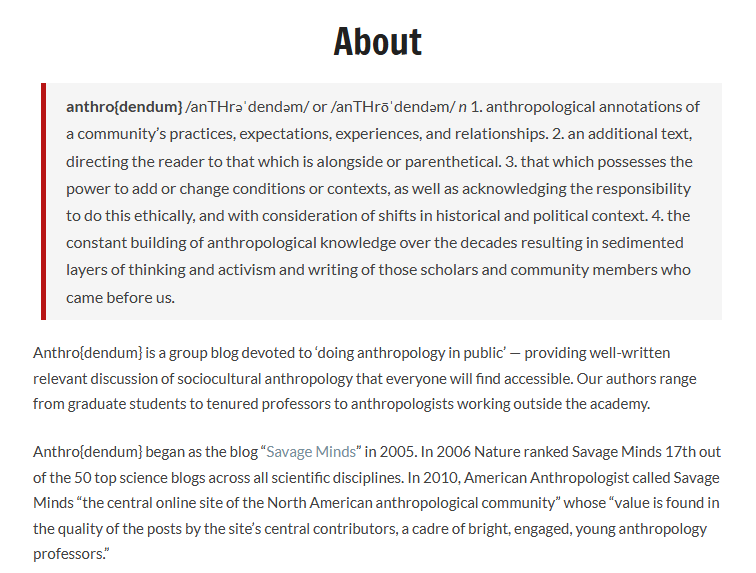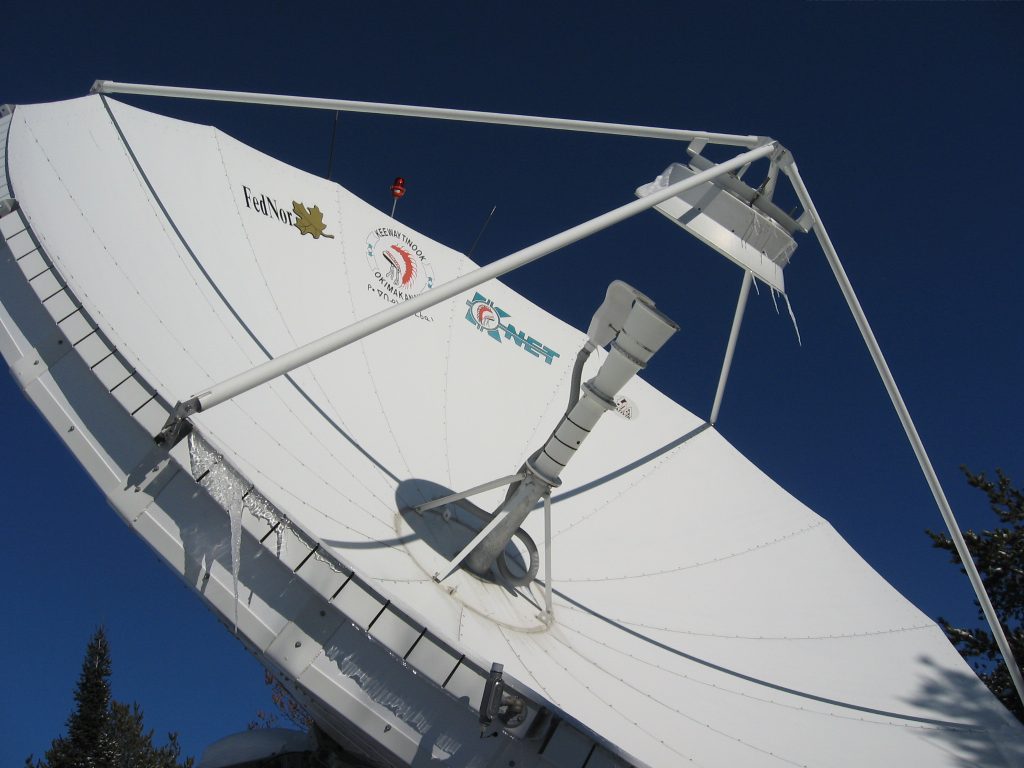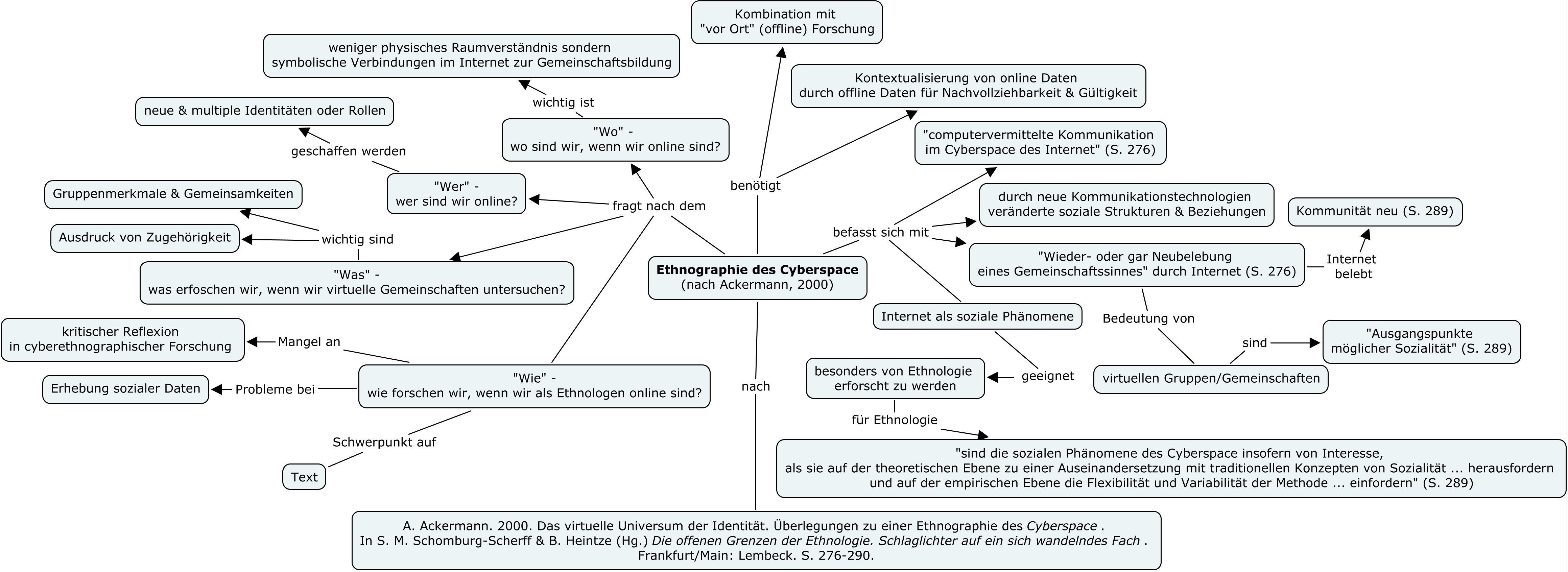The EASA Media Anthropology Network is organising a network panel at the 15th EASA Biennial Conference “Staying, Moving, Settling” in Stockholm, 14-17 August, 2018.
Please find the Call for Papers below.
Deadline: 9 April 2018.
Convenors
Philipp Budka (University of Vienna)
Elisabetta Costa (University of Groningen)
Sahana Udupa (Ludwig Maximilian University)
Abstract
The digital turn in media anthropology signals the growing importance of digital media technologies in contemporary sociocultural, political and economic processes. This panel recognizes the digital turn as a paradigm shift in the anthropological study of media, and aims to foreground three important streams of exploration that constitute new directions in the anthropology of media.
The rise of online vitriol against vulnerable communities has punctured euphoric pronouncements about digital media as a radical enabler of grassroots democracy. A significant aspect of digital extreme speech is gender based violence in digital environments. Beyond the specific instances of online violence, gendering media anthropology remains a crucial and broader area of intervention. Similarly, different forms of digital visualities have accentuated the materialities that constitute everyday digital experiences and their varied cultural ramifications. Charting the three directions as gendering digital media, materialities of digital visualities and online extreme speech, this panel aims to push further the ethnographic knowledge into the role that digital media play in people’s everyday life and broader sociopolitical transformations.
We invite ethnographic and/or theoretical papers that focus either on
(1) the gendered dimension of digital practices and introduce innovative theoretical insights into the relationship between gender and the digital;
(2) extreme speech and online vitriol aimed at refugees, migrants, sexual minorities and other vulnerable communities, but online extreme speech as also a means for political contestation;
(3) material dimensions of digital visualities as constituting features of new ways of communication and interaction.
https://nomadit.co.uk/easa/easa2018/conferencesuite.php/panels/6386
https://www.easaonline.org/conferences/easa2018/cfp



